HEALTH WATCH: Sprinters should pay extra care to hip flexor, hamstrings
CalHiSports Insights October 3, 2012 SportStars 0
From my experience working with speed athletes and sprinters on the Berkeley High track and field team, certain injuries occur time and again, and they are preventable if spotted and addressed early.
Two injuries that have a distinct relationship with each other are hip flexor strains and hamstring strains. The hip flexor and the hamstring are both muscle groups that need to be powerful and flexible for an athlete to run efficiently. These two injuries seem to happen the most with sprinters because of the range of motion of the hip during high-speed running and the explosive demands of the muscles that provide propulsion when sprinting.
The hip flexor and the hamstring are both prime movers when running and require strength, power and flexibility. If either is tight or lacks sufficient range of motion, then a muscle pull or a “strain” may occur.
A strain is the technical name for a pulled muscle and usually occurs when a tight muscle is over-stretched. Sprinting requires a significant amount of flexibility of the muscles that surround the hip joint and if there are any obstructions then the athlete will not be able to run at their top speed, and these limitations may predispose them to injury.
If you have limitations in hip flexor or hamstring flexibility then you need to do some specific stretches that focus on your specific range of motion deficits. Before you run or work out, a thorough Dynamic Stretching Program is useful to warm up the body and increase your hip flexibility to mimic the needs of your sport.
To increase flexibility of the hip flexor, a half kneeling hip flexor stretch is effective and easy to use. Start kneeling on one knee with the opposite foot in front. Lean forward, keeping your chest up and your abdominals tight. You should feel a slight stretch in the front of the hip. If you do not, raise both arms straight up to elongate the front of the body and target the hip flexor. Hold for 10 seconds and repeat five times on each side.
To increase flexibility of the hamstring muscle group, try the Doorway Hamstring Stretch after practice. This stretch is great to include in your cool-down or the day after a hard practice to decrease the ‘sore’ feeling in the muscle. Start lying on your back next to a doorway, and raise both legs up into the air so that they are approximately at a 90 degree angle with the floor. Place one foot on the doorway, and slowly lower the other leg down to the floor. You should feel a gentle stretch in the hamstring of the leg supported in the doorway. Hold the stretch for 30 seconds, and then repeat on the opposite side.
Hip mobility is important for all athletes, but especially for running and sprinting athletes. Keep up your flexibility with these two stretches, and if you have any questions about sports injuries and rehabilitation call the Sports Medicine Center.
James Faison is an Athletic Trainer and a Certified Strength and Conditioning Specialist at the Sports Medicine For Young Athletes, a division of Children’s Hospital Oakland with a facility also located in Walnut Creek. He is also the Head Athletic Trainer at Berkeley High. If you have questions or comments regarding the “Health Watch” column, write the Sports Medicine For Young Athletes staff at [email protected].
SportStars
SportStars Magazine: High School Sports Articles Online SportStars is your go-to source for the very best high school sports articles in California. Player and team profiles, game coverage, health and fitness tips and the largest Camps, Clinics & Combine resource for athletes. We're the story behind the stats.



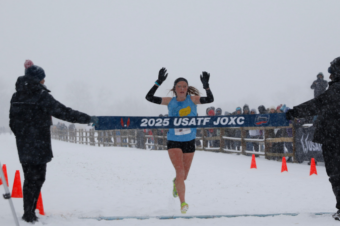
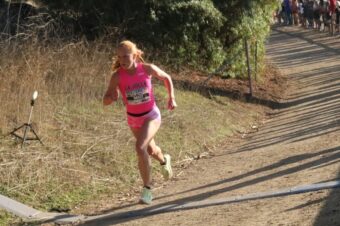
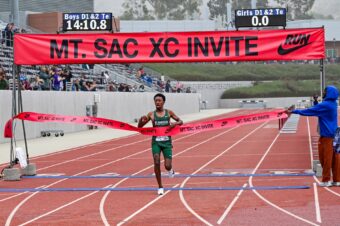

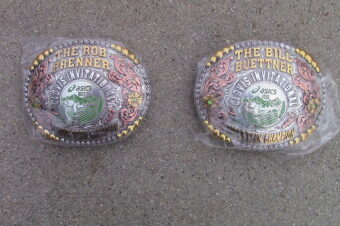
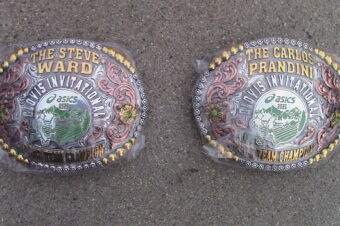
No comments so far.
Be first to leave comment below.